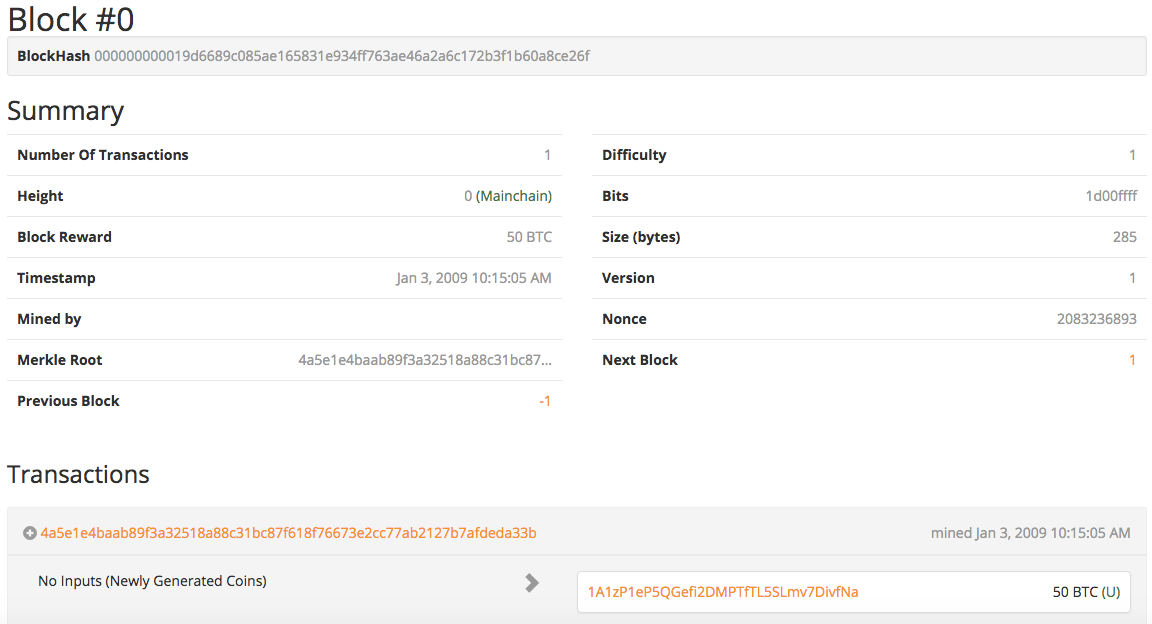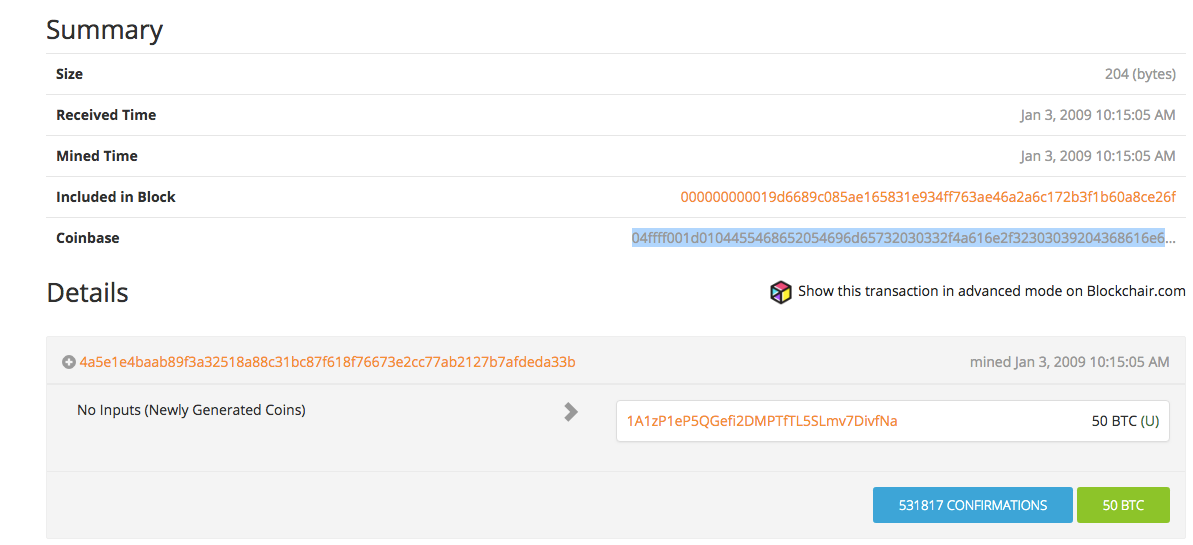It seems like the whole world is obsessed with “crypto” these days, but sometimes it feels like everyone forgot how cryptographic the entire system really is. In a system like Bitcoin or blockchains where coding and encryption play many roles, cryptographically minded people have left all kinds of information in the chain, including Rick Roll memes, allegedly illegal child porn, and even the entire file containing the famous “CableGate” confidential United States documents leaked by Wikileaks in 2010.
“Cryptography is simply the art of writing or solving codes, frequently for the purpose of transmitting information or a message in a way that is not easily readable to most humans.”
One of the most famous messages hidden on the Bitcoin blockchain was left by its creator, Satoshi Nakamoto, in the famous “genesis block” — the first block forming the long chain of cryptographically connected data that makes Bitcoin possible. In it, he posts the headline from a newspaper that day referring to how the British government was poised to bailout the banks a second time. While many messages and files have been left in complex or difficult ways, Satoshi’s message was left in a simple way that any level user can decode themselves.
Decrypt this message! Here is a 101 walkthrough explaining how to read Satoshi’s message!
- Open a “chain explorer,” or a service for easily scanning through blockchain transactions and blocks. The Blockdozer Explorer is good for the purpose of this article (1), which is located at: https://btc.blockdozer.com/
- Enter the block number you want to inspect into the search bar at the top. Since we’re looking for the genesis block, enter 0.
- Look at the only transaction for this block. You’ll see 50 BTC were “newly generated” and transferred to a wallet address, meaning this is the transaction showing the first Bitcoins ever mined! Click the hyperlink for that “transaction hash” that starts with 4a5e… It is how a transaction’s information is encrypted into standardized form to be stored and identified on the blockchain, also known as the “transaction ID” or “TXID”)

4. Look for the jumbled set of characters called the “coinbase” in that transaction. No, this doesn’t refer to the large US crypto-exchange, but rather coinbases are a special type of data only included in transactions for newly mined bitcoins (also known as “coinbase transactions”). Coinbases are coded into “hexadecimal” form (a numbering system that includes six letters along with the ten digits we normally think of). If you look at other coinbase transactions on other blocks, you’ll probably notice that this coinbase is much longer than usual. Copy the hexadecimal coinbase characters (You’ll see …, if you copy what is there, it will copy the whole coinbase)
Source: spl.yt

5. Open a “hexadecimal to ASCII conversion tool” like the one at http://dolcevie.com/js/converter.html. Computers can only understand numbers, so ASCII is a standardized table for converting numbers into human readable text (and/or back again).
6. Paste the coinbase hexadecimal characters into the box next to “hex” and press “Hex to ASCII”. And viola! There’s Satoshi’s hidden message!

Did you know Satoshi mined the Bitcoin genesis block several days before the next block? No one knows why, but the newspaper headline he was referring to was from the same day that it was mined.
If you want to learn more about hidden messages that have been found on the Bitcoin blockchain, this blog has some great ones… But it was written almost four years ago, so maybe with your new skills you can find some newer secrets hidden in the blockchain since!
1: This explorer is run by a primarily “Bitcoin Cash” supporting platform. Spl.yt takes no position in the ongoing animosity between BTC and BCH, and linked to this explorer for this article because it does not automatically translate the famous coinbase message on the genesis block.


Leave a Reply